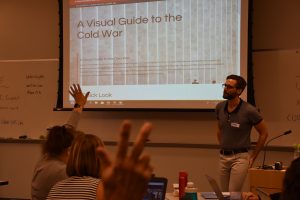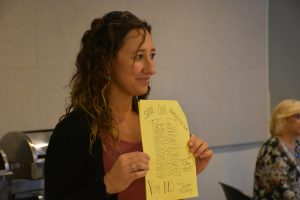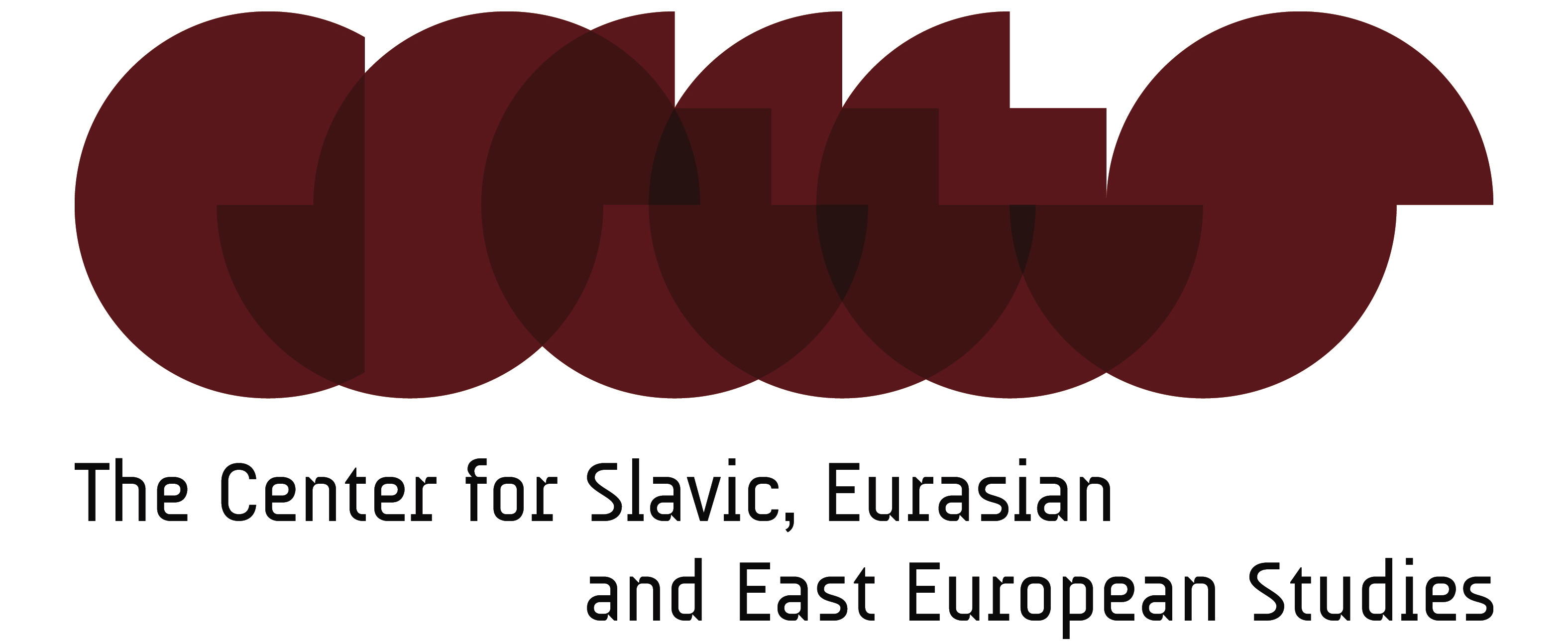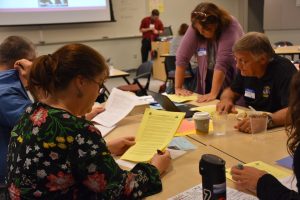 There is a pressing need, now more than ever, for students to learn the history of Soviet-U.S. relations, and for teachers to have access to resources to effectively teach the Cold War-era. The specter of the Soviet Union still hangs heavy over the relationship between the United States and Russia, and students need to have the historical context of the Cold War to understand what is happening now. There are now entire generations of students who were not alive for any part of the Cold War, or have ever seen a map with the USSR on it, and there is a need for teachers to present the feelings and implications of this period in a digestible, straightforward, and engaging way.
There is a pressing need, now more than ever, for students to learn the history of Soviet-U.S. relations, and for teachers to have access to resources to effectively teach the Cold War-era. The specter of the Soviet Union still hangs heavy over the relationship between the United States and Russia, and students need to have the historical context of the Cold War to understand what is happening now. There are now entire generations of students who were not alive for any part of the Cold War, or have ever seen a map with the USSR on it, and there is a need for teachers to present the feelings and implications of this period in a digestible, straightforward, and engaging way.
The UNC Center for Slavic, Eurasian, and East European Studies and Carolina K-12 jointly hosted a daylong professional development workshop to introduce its newest teaching resource to twenty-four middle- and high school teachers from various school districts in North Carolina. Funded in part by a grant by the Library of Congress Teaching with Primary Sources Eastern Region Program, The Visual Guide to the Cold War (coldwar.unc.edu), provides teachers with visual primary sources (in English and Russian), lesson plans, and curriculum ideas for teaching the US-Soviet relations. The guide offers a thorough catalogue of propaganda posters, cartoons, and photographs from the US and the USSR, dividing them up by decade, subject matter, and media type, as well as offering historical context and information about the images themselves and the key events of the Cold War.
The workshop included a lecture by Dr. Curtis Richardson (Project Manager and CSEEES Research Fellow), who, in addition to providing an overview of the major moments in the US-Soviet relations, also explained the selection of primary visual sources and organization of the guide. Using a sample activity to do with students when talking about McCarthyism and the Red Scare in the US, Paul Bonnici of Carolina K-12 demonstrated how to incorporate visual sources into lesson plans on American History and how they allow students to create their own connections and associations with complex subject matters like anti-Communism, patriotism, and propaganda. “I am definitely going to introduce these as a warm-up activity for my students,” said Bethany Burroughs, a seventh grade social studies teacher from Iredell County. “Visual literacy is becoming really important, and curriculum standards are changing, and this is a great way to kind of bridge that gap.”
The importance of visual literacy to the study of American and World History was emphasized throughout the workshop. Daniel Miller, an English and Russian teacher at Jordan High School in Durham, started his teaching demonstration with sources in the visual guide by providing the participants with a graphic organizer that focused on identifying, describing, and analyzing the image’s intended audience, tone, and messages. “The goal is to get students to consider multiple perspectives, and to get them to actually understand different kinds of research materials,” Miller said. “This visual guide is going to be a great way for your students to engage with the source material, and it’s really useful for us English teachers, too, because we need our students to understand the social context that a lot of these works of literature are coming out of.”
 The workshop’s focus on diversifying approaches to teaching and learning the Cold War, as well as providing a wealth of perspectives for students to consider when studying this era, was met with enthusiasm by the participants. Merrill Bell, a social studies teacher from Jordan High School in Durham, North Carolina, said that she taught history because “it is important to understanding what it happening now, and to understanding how that can be repeated in the future,” and that she found the visual guide very useful. “I know that these images are out there, but it’s really hard to find them on your own,” she said.
The workshop’s focus on diversifying approaches to teaching and learning the Cold War, as well as providing a wealth of perspectives for students to consider when studying this era, was met with enthusiasm by the participants. Merrill Bell, a social studies teacher from Jordan High School in Durham, North Carolina, said that she taught history because “it is important to understanding what it happening now, and to understanding how that can be repeated in the future,” and that she found the visual guide very useful. “I know that these images are out there, but it’s really hard to find them on your own,” she said.
This sentiment was echoed by most of the workshop attendees. “Visual elements stick with students much more, and most students are visual learners, but it’s hard to take the time out to find all of these from different databases,” noted Christine Rhykus, an eighth grade social studies teacher at Maiden Middle School in Catawba County. “The hardest part of the job is to get students to see other perspectives. They dismiss it out of hand a lot of the time, saying ‘oh, I would never do that.’ This resource will really help with that because it has images from so many different perspectives.”
– Katie Leonard
(CSEEES Communications Intern)


